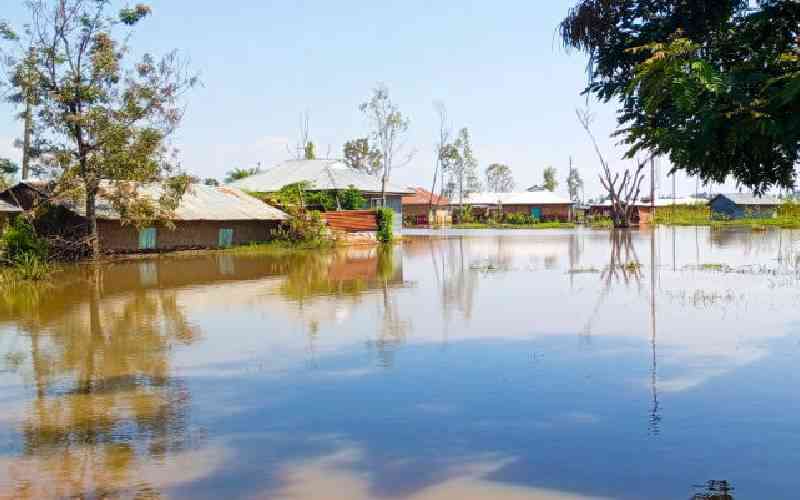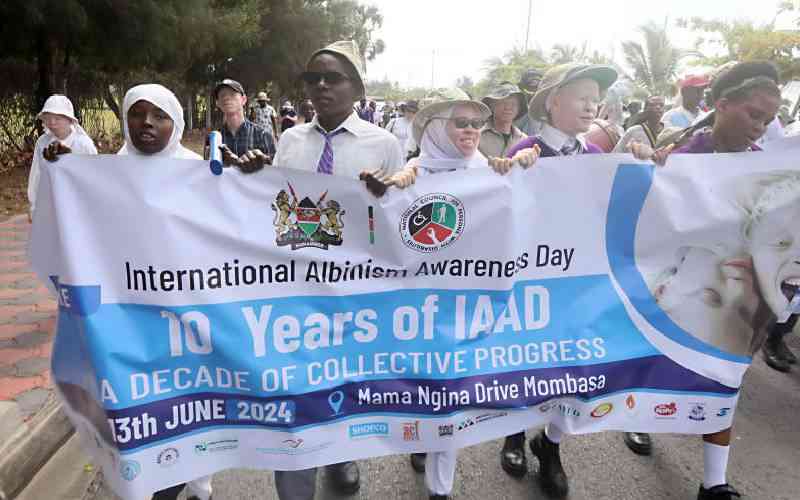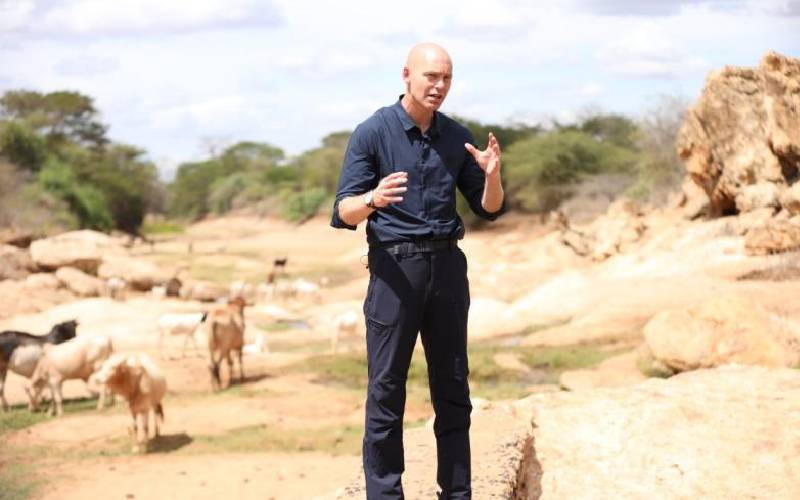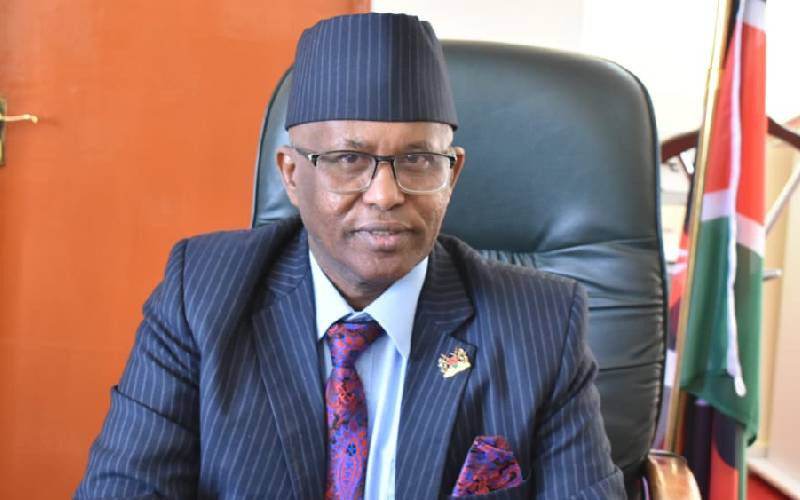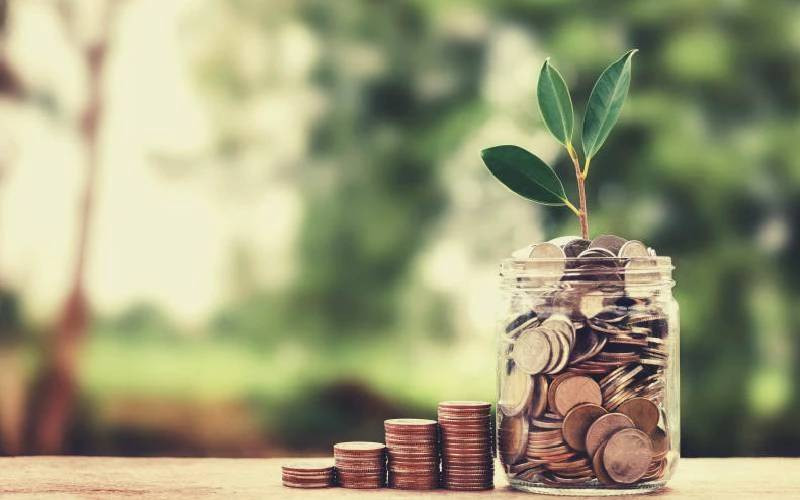As curtains close on the Marrakech climate conference, I admit I was green behind the ears about global narratives on climate. Last week, I wrote about the adverse effects of climate change in Africa, and the heavy price we pay for environmental pollution by industrialised nations. Global attention has shifted from governance and trade issues, to climate change. Every country wants to be in and the stakeholders are many.
But effects of global warming caused by greenhouse gas emissions are now pretty evident. Global temperatures are expected to be up by some four degrees Celsius. For Africa, it is already up by three degrees, compared to 1950, and is set to get worse. The cost of adaptation in Africa is estimated to be over $10 billion annually. For coastal cities, a one-metre rise in the ocean is already displacing 30 million people. By 2050, environmental immigrants are likely to be around one billion, according to researchers, who insist that carbon emissions must be reduced by at least 80 per cent by 2050 or else we sink.
The fear is apparent. The world leaders are calling for a war on climate change, similar to that against terrorists. In Marrakech, the heads of states and governments reaffirmed that “our climate is warming at an alarming and unprecedented rate and we have an urgent duty to respond”. The momentum is gathering, not just be government, by businessmen, civil society, investors, multilateral institutions, local governments, and even individuals.
There is so much at stake that money is being poured into the war, plenty of it. In Europe, they are setting up carbon trading system, similar to commodities and shares market. Many African countries exchanges have also drawn up a Green Capital Market Funds. In many countries, carbon emissions audit is an enterprise, with laws and regulations guiding carbon credit offsets. Carbon offsetting implies use of carbon credits to enable businesses to compensate for their emissions, meet their carbon reduction goals and support the move to a low carbon economy by financing projects in renewable energy, forestry and resource conservation.
Kenya can, for instance, get its water towers such as Aberdares and Mau regenerated and protected through substantial funding from such carbon offsets. A business in Europe can, for instance, finance a water or environmental project in Kenya to earn its credits. With these credits, we can turn our desert north into forests. There are auditors, consultants, traders and ISO standards to boot that exist in this environmental commerce.
If we transform from fossil fuels to renewable energy in the global energy mix by 30 per cent, we will keep the temperature rise below two degrees. Hence, the huge focus on renewal energy such as wind and solar. Unlike the fossils, its costs are coming down fast. ACWA, a Saudi-based company, is building the world’s largest solar power plant in Morocco that will generate 500Megawatts, that will provide power at only 3 US Cents/kWh. A $1 trillion mobilisation to deploy 1 terawatt (enough to power US) of solar power by 2030 is underway, supported by Green Grid Network of parliamentarians.
The second key area towards low carbon economy is energy efficiency. It is estimated that energy efficiency improvements globally in 2015 reduced carbon emissions by 2.7 billion tonnes of carbon dioxide. Lighting alone accounts for five per cent of carbon emissions, and hence the high-efficiency10 billion LED-bulb goal launched in Paris last year.
In Kenya, we may have to rethink the nuclear energy and coal pathways that are costly, and environmentally disastrous. With the geothermal, solar and wind potential, all of which can be generated at competitively low costs, going nuclear and coal betrays our commitment to providing clean and affordable energy.
 The Standard Group Plc is a
multi-media organization with investments in media platforms spanning newspaper
print operations, television, radio broadcasting, digital and online services. The
Standard Group is recognized as a leading multi-media house in Kenya with a key
influence in matters of national and international interest.
The Standard Group Plc is a
multi-media organization with investments in media platforms spanning newspaper
print operations, television, radio broadcasting, digital and online services. The
Standard Group is recognized as a leading multi-media house in Kenya with a key
influence in matters of national and international interest.
 The Standard Group Plc is a
multi-media organization with investments in media platforms spanning newspaper
print operations, television, radio broadcasting, digital and online services. The
Standard Group is recognized as a leading multi-media house in Kenya with a key
influence in matters of national and international interest.
The Standard Group Plc is a
multi-media organization with investments in media platforms spanning newspaper
print operations, television, radio broadcasting, digital and online services. The
Standard Group is recognized as a leading multi-media house in Kenya with a key
influence in matters of national and international interest.

